Yunnan small Grain Coffee belongs to Arabica? Yunnan coffee species and flavor and taste characteristics of producing areas
Yunnan coffee is also called Yunnan small grain coffee, and small grain coffee is Arabica coffee. The early ones introduced into Yunnan are mainly pure Arabica-iron pickup, due to the invasion of leaf rust, weak disease resistance and low yield. In 1992, Nestl é introduced Katim to Yunnan. Because of its strong disease resistance and high yield, Katim soon replaced the traditional varieties to become the mainstream of Yunnan coffee industry. As a result, what the locals call Yunnan Xiaogi has also changed from an iron pickup to a widely cultivated Katim.
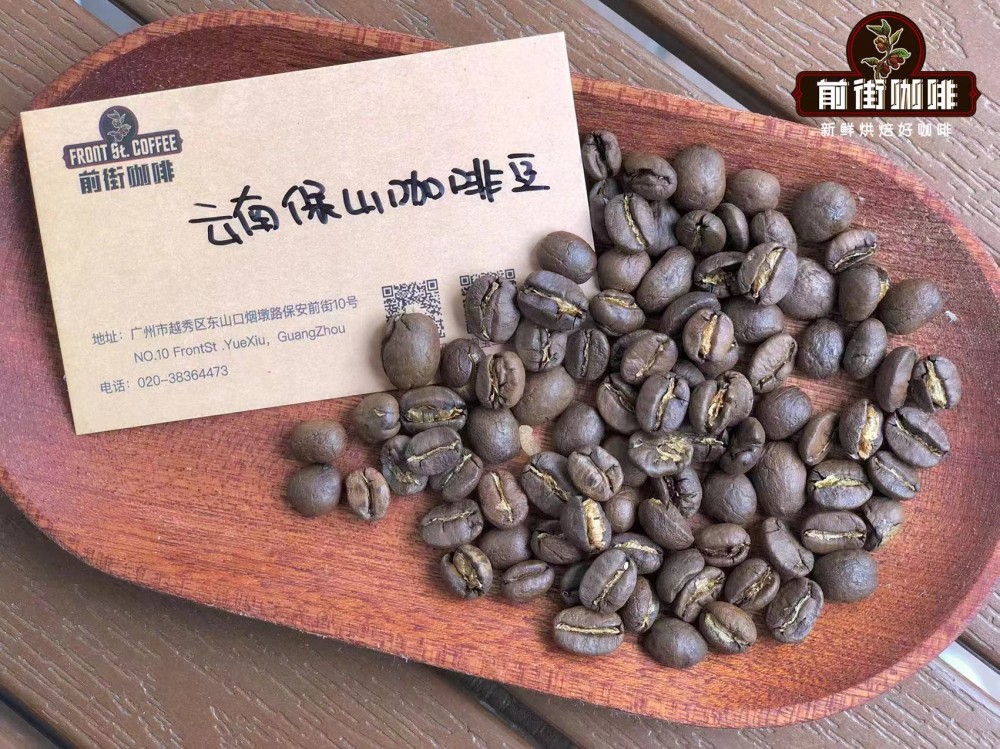
Yunnan coffee has high-quality varieties such as rosy summer, iron pickup and bourbon, which exist in a relatively small part of Yunnan coffee. For example, Qianjie began its planting experiment in Lincang in 2013, and the first batch of tin cards were planted in Lincang. It was only a good harvest in the 2020-21 production season, and only more than 200kg, without the devil's tail rhyme described by Mr. Han Katim in the flavor. But with the flavor of nuts, brown sugar and micro-fruit acid.
More than 90% of the coffee beans produced in Yunnan are Katim. As a combination of Arabica and Robusta, Katim inherits the characteristics of strong disease resistance and high yield of Robusta, but it is precisely because of its pedigree that Katim's flavor has always been criticized.
Catimor is a cross between timor and caturra. The emergence of the Katim variety began with leaf rust, an incurable disease in coffee trees. Leaf rust first appeared in the coffee-growing areas of Lake Victoria in East Africa in 1861, and then quickly spread to many parts of Southeast Asia. eventually spread to the entire southern, central and western African coffee producing areas. In order to save the coffee industry, in 1959, the Portuguese Coffee Leaf Rust Research Center CIFC, with the research direction of disease resistance and high yield, but to maintain a good flavor, cultivated Katim.
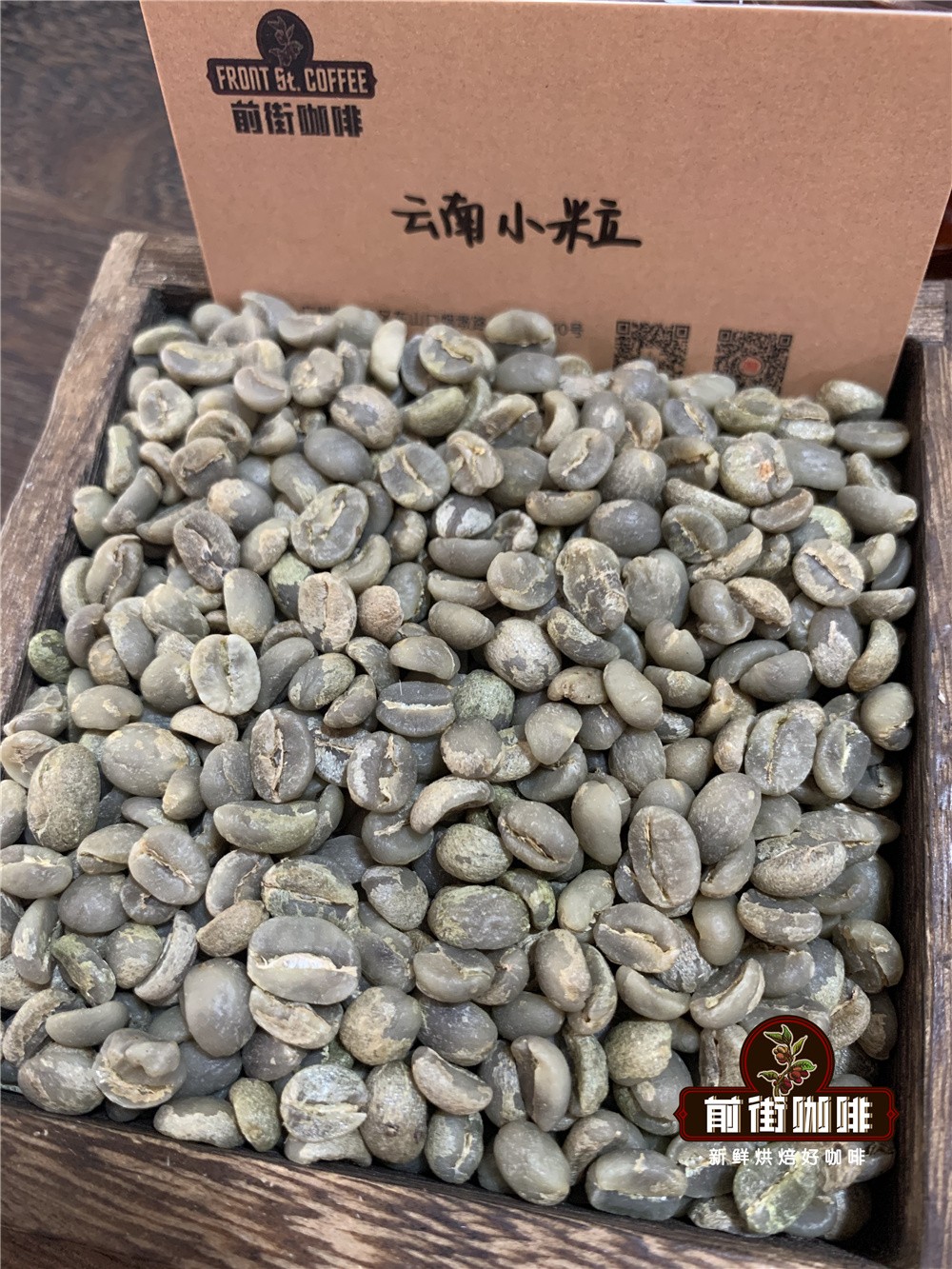
Katim inherited Tim's Robusta gene, which can better resist coffee berry disease and coffee leaf rust. At the same time, it has stronger resistance to diseases and insect pests, faster fruit ripening and higher yield. This also leads to the development of coffee flavor is not complete, improper handling is prone to thick bitterness, vegetation and other negative taste.
Catimor: an important variety of commercial beans at present. East Timor was colonized by Portugal for 400 years, and the Portuguese had long been in contact with East Timorese coffee trees. In 1959, the Portuguese moved the Brazilian bourbon mutant Kadura to East Timor and interbred with Tim, who was of Robusta origin, and succeeded in breeding Kadim with strong disease resistance and super production capacity. Between 1970 and 1990, leaf rust affected coffee-producing countries around the world, which, with the help of international organizations, promoted Katim to fight leaf rust and increase production capacity. Although Katim inherited the advantages of Robusta's strong disease resistance, but also inherited the gene of poor flavor, in addition, although the early Katim had a large production capacity, it needed shade trees to serve, otherwise it was easy to wither, which can be said to be strong and dry.
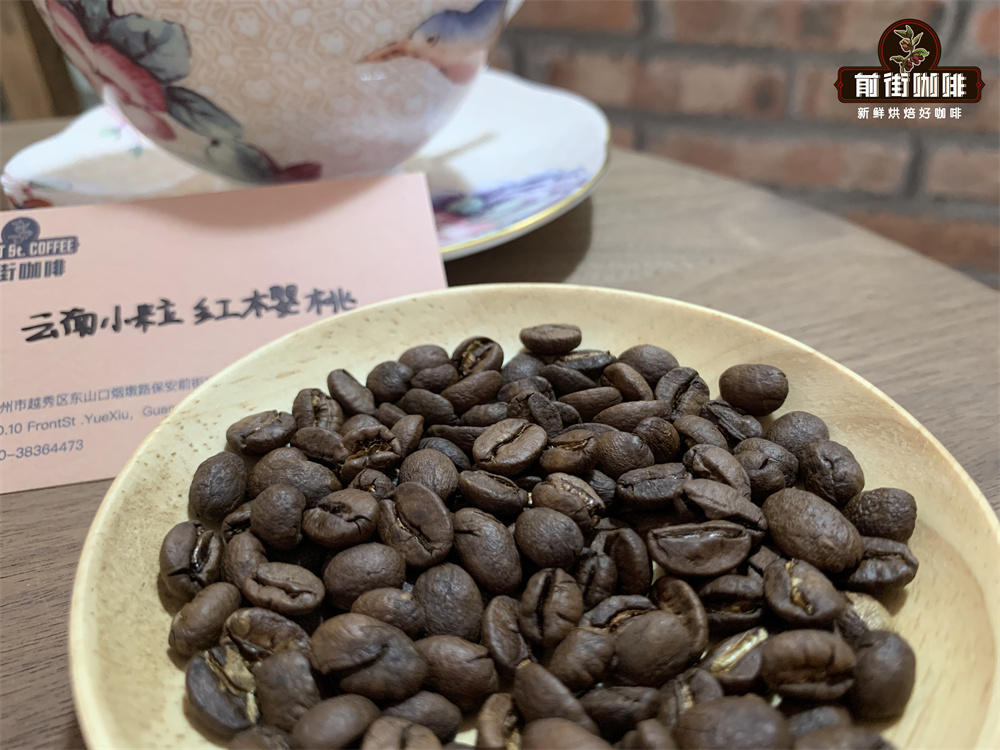
Typica: the most classic high-quality Arabica species, which is derived from many commercial improvements at present. It has excellent taste and is recognized as a boutique coffee variety, but its yield is very low and it is vulnerable to rust, so more manpower management is needed. Tieka Coffee, native to Ethiopia and southeastern Sudan, is the most widely cultivated variety of coffee in the Western Hemisphere. The plant is stronger, but not light-tolerant, and the yield is higher in Hawaii. The top leaf of the iron pickup is red copper, which is called red top coffee.
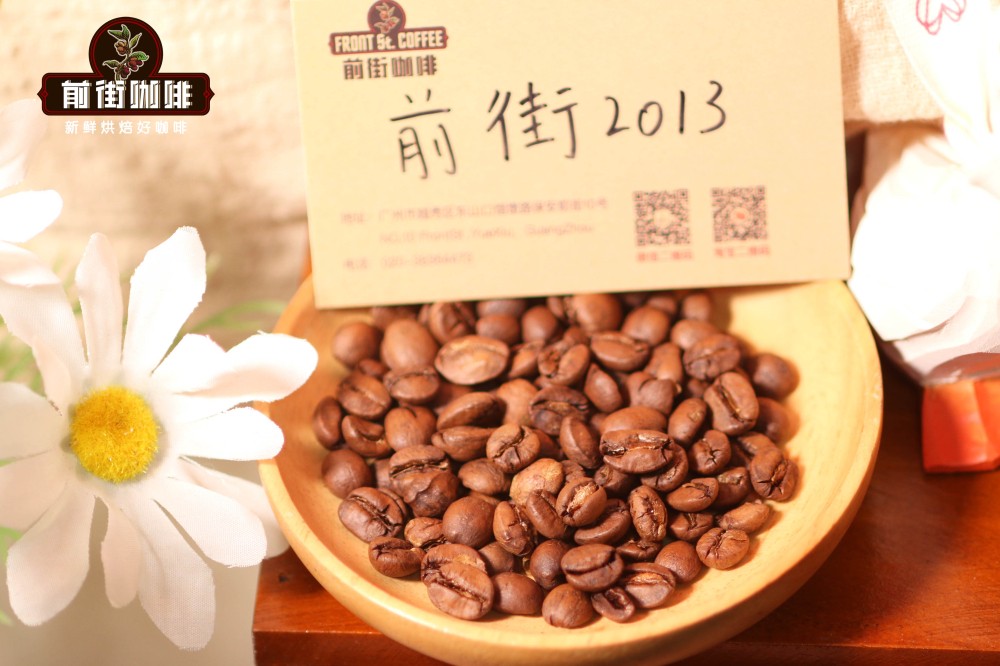
For decades, many botanists have studied the improvement of Katim varieties, and dozens of new varieties have been cultivated. Colombia is the biggest harvester. In 1982, Kadim, which can be planted by exposure, was cultivated and named after the country "Colombia". Costa Rica claims that unlike ordinary Katim, which has been interbred for many generations, Kaddura and Katim have become the two main varieties in the country, and have long replaced the tin Kaka with weak, sickly and low yield. However, most of the winners of the COE competition are Kaddura, and those with Robusta ancestry rarely win prizes. Colombia exports a large number of commercial beans should be lower altitude or Kaddura, rather than the traditional Tibica, which is the main reason for the increasingly poor flavor, but it is impossible for Colombia to reproduce low-yield iron pickups.
Main coffee producing areas in Yunnan
The western and southern parts of Yunnan Province are located between 15 °N and the Tropic of Cancer, which happens to be located in the growing geographical position of the coffee belt. At the same time, most areas also have high elevations needed to grow and produce coffee, and the topography is mainly mountainous and sloping land. And the undulation is large, the soil is fertile, the sunshine is sufficient, the rainfall is rich, and the temperature difference between day and night is large. Yunnan coffee is mainly grown in Lincang, Pu'er, Baoshan, Xishuangbanna, Wenshan, Dehong and other places.
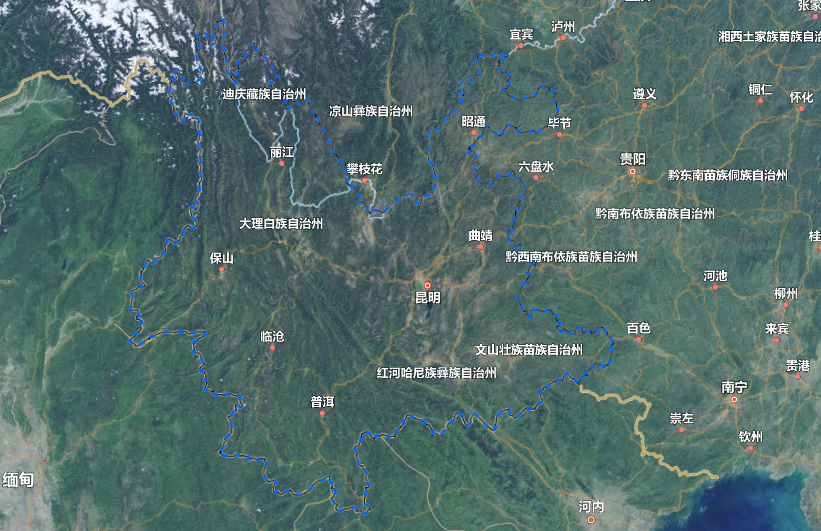
Lincang
Lincang City belongs to the subtropical low-latitude plateau mountain monsoon climate, the topography is complex, is an area of various climate types. Mainly affected by the warm and humid air flow in the Indian Ocean and the southwest monsoon, the distinction between the four seasons is not obvious, but the dry and rainy season is distinct, Rain Water is more, the sunshine time is long, the annual average sunshine is more than 2000 hours, the frost period is relatively short, and there is no frost in some areas all the year round; the three-dimensional climate is obvious, and the annual average temperature in the mountain area is 13 degrees Celsius.
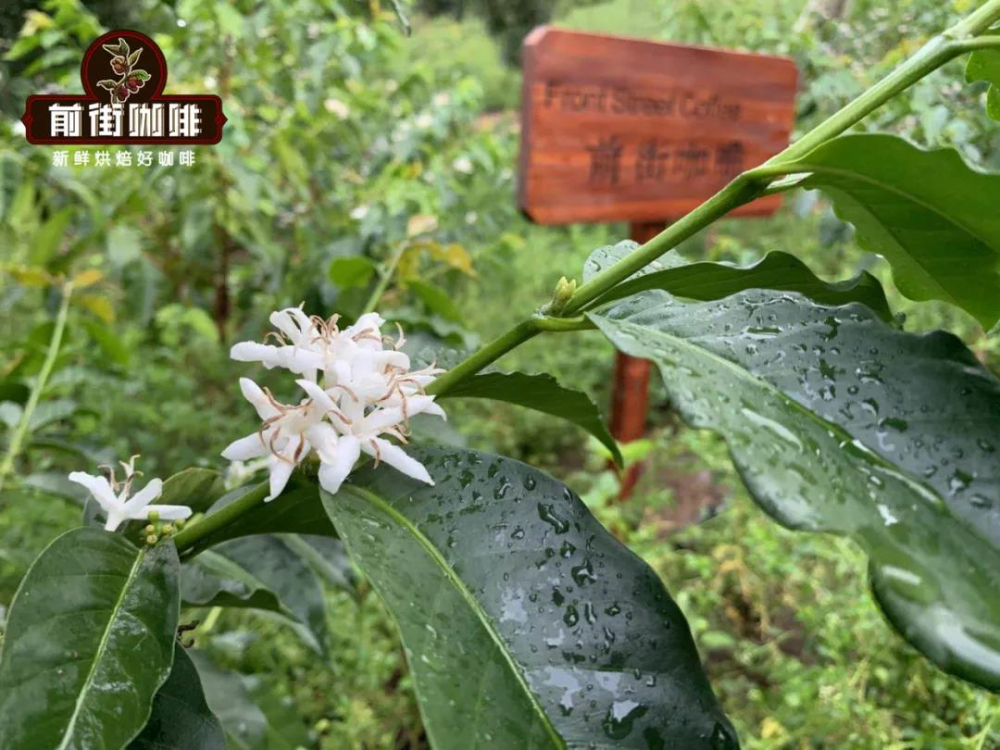
Due to the low output of iron pickups, Katim farmers are unwilling to replant iron pickups without income, and it takes a lot of time and energy to grow them. Qianjie believes that although there is a special treatment, but the main reason why Yunnan coffee beans can not be sold at a high price. Well, since not many people are willing to do this, Qianjie Coffee has seen this opportunity in recent years, setting an example to set up a Qianjie Coffee Manor in Lincang, growing a variety of iron pickup coffee, so Qianjie Iron pickup Coffee came into being on 2013 and became everyone's favorite coffee.
Pu 'er Tea
Tea village Pu'er has cultivated coffee for 150 years. At the end of 1990s, Pu'er City began to cultivate coffee as a dominant backbone industry to adjust the industrial structure and increase farmers' income. Due to the influence of the subtropical monsoon climate, most of Pu'er is frost-free all the year round, cold in winter and hot in summer. The average annual temperature in Pu'er is 15 to 20.3 degrees Celsius, the annual frost-free period is more than 315 days, and the annual rainfall is 1100 to 2780 mm.
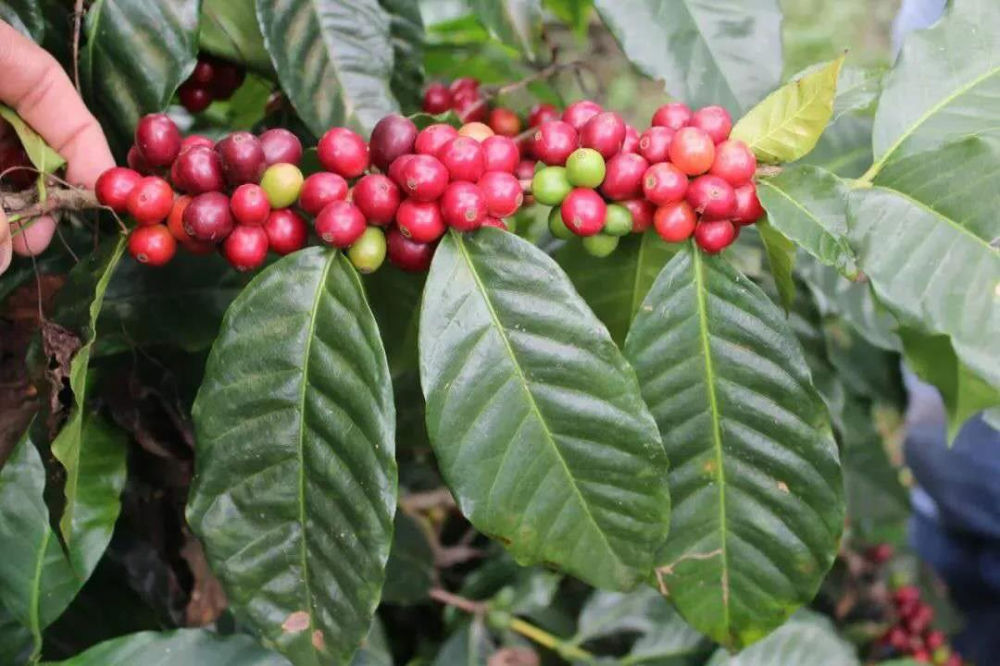
Baoshan
The cultivation of coffee in Baoshan began in the mid-1950s, and the first coffee seedling was introduced by the late patriotic overseas Chinese Mr. Liang Jinshan in Southeast Asia. In recent years, with the expansion of international trade, Lujiangba's small-grain coffee is more famous. Baoshan is a low-latitude mountain subtropical monsoon climate, because it is located in the low-latitude plateau, the topography is complex, forming a three-dimensional climate of "one mountain is divided into four seasons, ten miles different days".
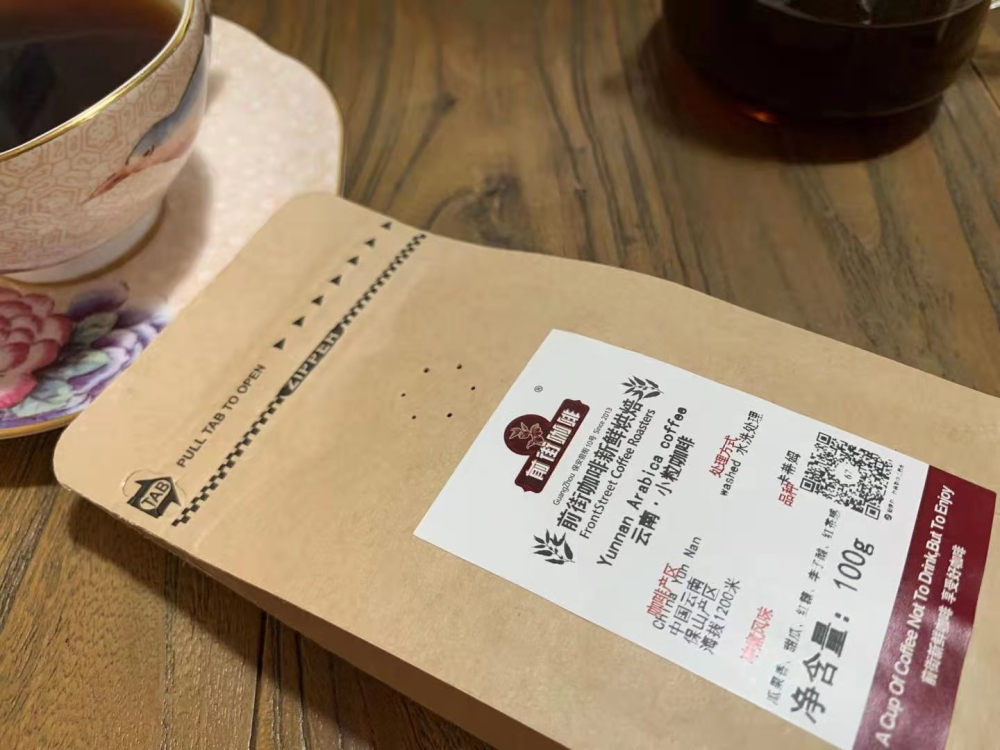
Dehong
Dehong has the characteristics of no severe cold in winter, no heat in summer, abundant rainfall, hot and dry in the same season, small annual temperature difference, large daily temperature difference, short frost period and less frost days, which provides good growth and overwintering conditions for coffee trees. Quanzhou is close to the Tropic of Cancer and is located at low latitudes. Affected by the Indian Ocean southwest monsoon, it belongs to the south subtropical monsoon climate.
Yunnan coffee bean treatment method
There are no four seasons in Yunnan, only dry season and rainy season, and the same is true in most coffee producing areas, which is the root cause of the use of tanning in some producing areas. June is the beginning of the rainy season in the producing areas, and it will rain for the next three or four months, which is the most favorable time for growing coffee. Only when seedlings are planted at this time and moistened by Rain Water for a few months will they be able to grow well-developed roots to survive the first half-year dry season.
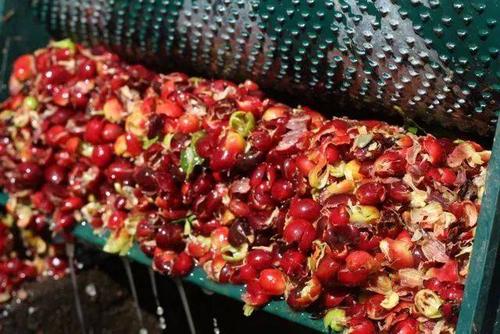
As the harvest season of coffee in Yunnan is usually in the rainy season, it can not be widely used for three or four weeks of sun drying. Yunnan coffee farmers take measures to local conditions, based on high temperature and rainy climate conditions, mostly use water to deal with raw coffee beans.
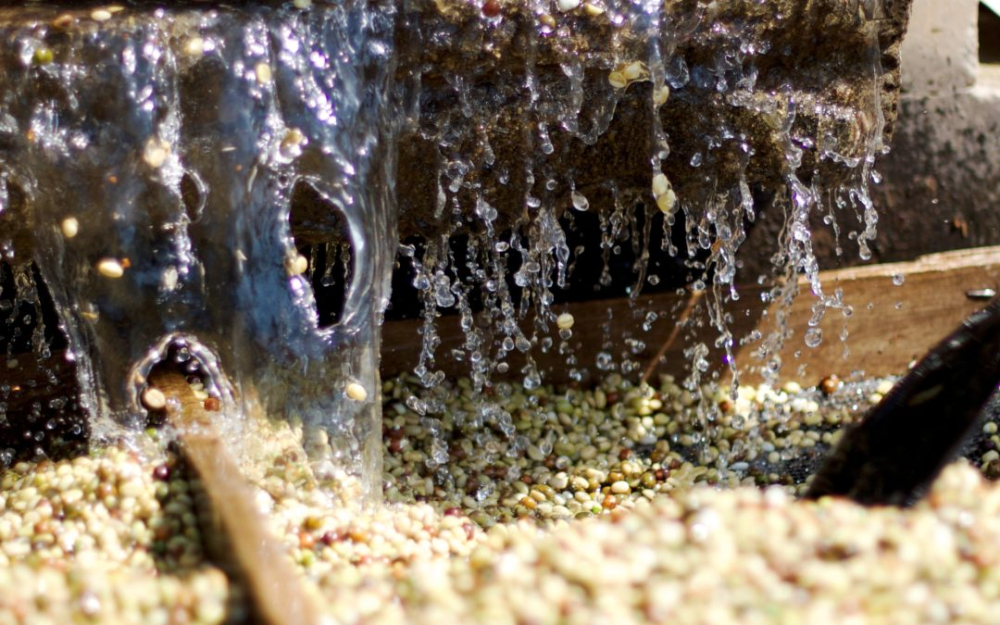
Washing method: remove the peel and pulp of the picked coffee fruit by practical machine, put the peeled coffee beans into the fermentation tank for fermentation, decompose the pectin layer by fermentation, wash the decomposed pectin repeatedly with clean water, and finally dry the coffee beans for 1 week and 2 weeks. Finally, the dried coffee beans can be stored and waiting to be shipped everywhere.
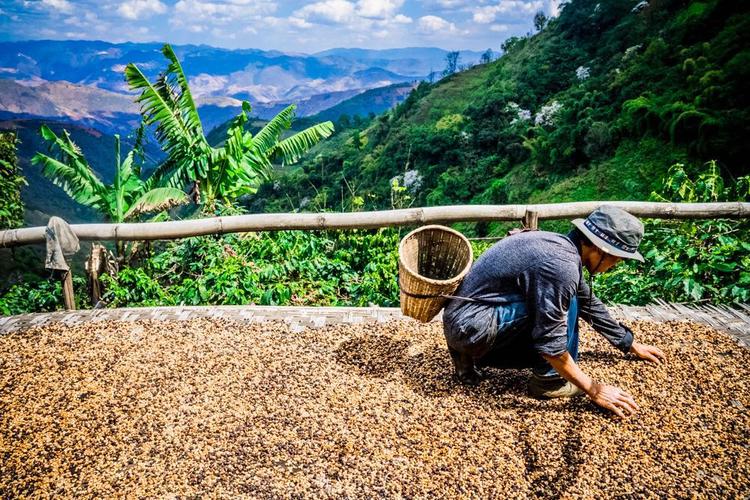
The washed coffee has the characteristics of cleanliness, stability, low defect rate and higher acidity, which better presents the flavor of the coffee itself. Therefore, the Yunnan rations beans launched in Qianjie are washed Baoshan small grains of coffee. The original intention of Qianjie to launch rations beans is to get to know the major producing areas by tasting the basic flavor of the producing areas. Qianjie has selected a number of classic producing areas, such as Yegashifi in Africa, Brazil and Colombia in the Americas, and Sumatra in Indonesia in Asia. Most of them adopt the treatment method of washing, showing the tonality unique to the producing area.
Qianjie brewed Yunnan Katim coffee parameters:
Qianjie believes that the taste of Yunnan coffee should be with mellow coffee aroma and a certain degree of acidity, so Qianjie will use medium roasting degree. Considering that Yunnan small-grain coffee tends to have a balanced taste, that is, do not have too much acidity and heavy bitterness. Because previously, the street will use V60 filter cup, with medium grinding degree and medium water temperature for extraction.
Water temperature of Kono filter cup used in front street: 88 ℃ powder quantity: 15g powder water ratio: 1:15 powder water ratio grinding degree: medium fine grinding (Chinese standard No. 20 sieve pass rate 75%)
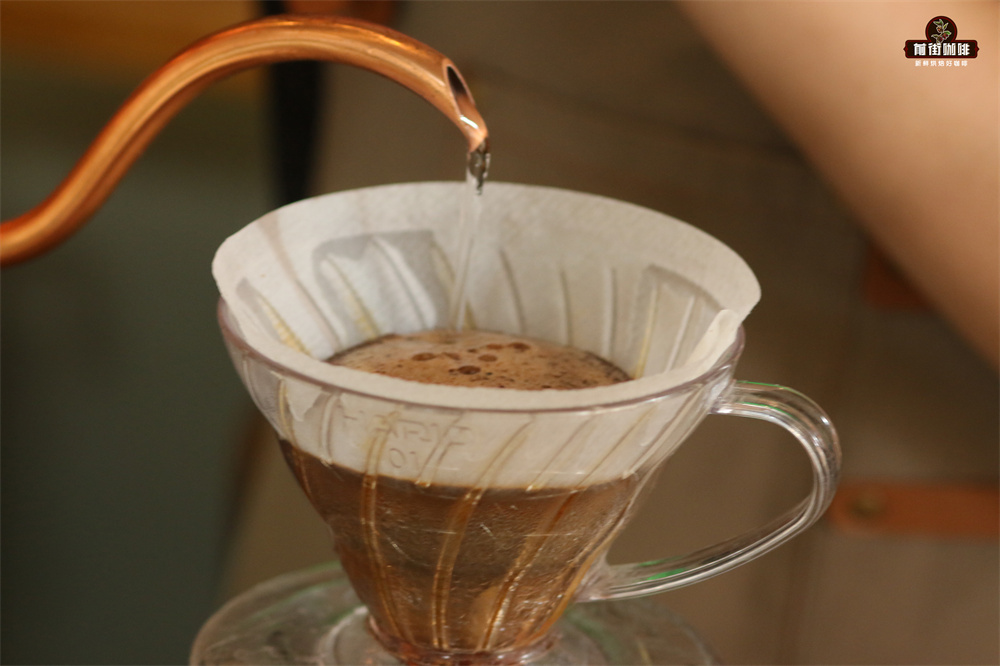
[Qianjie washed Yunnan small grain coffee flavor] herbal, nutty, chocolate, caramel, black tea feeling.
[front street sun Yunnan Katim coffee flavor]: nuts, chocolate, spices, caramel, plums.
[Qianjie 2013Sun Iron pickup Coffee] has a thick, sour and sweet taste, with citrus and berry flavors, with a hint of fermented wine, caramel sweetness, creamy finish, black tea.

Suggestions for making coffee in front of the street:
No matter what kind of coffee is brewed, if you want to make a good cup of coffee, you still need to pay attention to the freshness of the coffee beans. Qianjie has always believed that the freshness of coffee beans has a great relationship with the flavor of coffee, so the coffee beans shipped in Qianjie coffee are roasted within 5 days. The purpose of Qianjie roasting is "freshly roasted coffee", so that every guest who places an order is the freshest coffee when he receives it. The bean cultivation period of coffee is about 4-7 days, so when the guest gets it, it is the time when the flavor is the best.
For those who need to be ground, Qianjie warmly reminds you that if the coffee beans are ground in advance, there is no need to raise the beans, because in the process of transportation, the pressure caused by carbon dioxide in the package can also make the coffee flavor round. so you can drink a cup of coffee as soon as you receive the coffee powder. But the coffee powder needs to be brewed in time, because the coffee powder oxidizes more quickly after contact with the air, that is to say, the flavor of the coffee will dissipate more quickly, and the flavor of the coffee is not so good. Therefore, Qianjie suggests buying whole beans, grinding and flushing now, so that we can better taste the flavor of coffee.
Professional coffee knowledge exchange more coffee bean information please follow the coffee workshop (Wechat official account cafe_style)
For more boutique coffee beans, please add private Qianjie coffee on Wechat. WeChat account: qjcoffeex
Important Notice :
前街咖啡 FrontStreet Coffee has moved to new addredd:
FrontStreet Coffee Address: 315,Donghua East Road,GuangZhou
Tel:020 38364473
- Prev

Yunnan coffee beans overall flavor taste characteristics Description Yunnan small coffee varieties origin brand grade introduction
Professional coffee knowledge exchange More coffee bean information Please pay attention to coffee workshop (Weixin Official Accounts cafe_style) Front Street-Yunnan Arabica Coffee Introduction In 1892, Yunnan Arabica Coffee came to the mainland of China. Since then, this species from abroad has multiplied on this magical eastern land. It has been
- Next
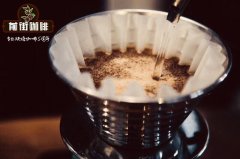
Anaerobic Solar treatment in Baoshan, Yunnan Province, Katim charming wine and rich tropical fruits
Professional coffee knowledge exchange more coffee bean information please follow the coffee workshop (Wechat official account cafe_style) front street-Yunnan anaerobic sun introduction is located in Baoshan, Yunnan, an area of more than 100 mu, spring all year round, day-night temperature difference, after 1500 meters above sea level, a large area of coffee forest is located on the shady slope with natural shading effect; on the other side is the cliff, we look down at the birds from
Related
- Beginners will see the "Coffee pull flower" guide!
- What is the difference between ice blog purified milk and ordinary milk coffee?
- Why is the Philippines the largest producer of crops in Liberia?
- For coffee extraction, should the fine powder be retained?
- How does extracted espresso fill pressed powder? How much strength does it take to press the powder?
- How to make jasmine cold extract coffee? Is the jasmine + latte good?
- Will this little toy really make the coffee taste better? How does Lily Drip affect coffee extraction?
- Will the action of slapping the filter cup also affect coffee extraction?
- What's the difference between powder-to-water ratio and powder-to-liquid ratio?
- What is the Ethiopian local species? What does it have to do with Heirloom native species?

